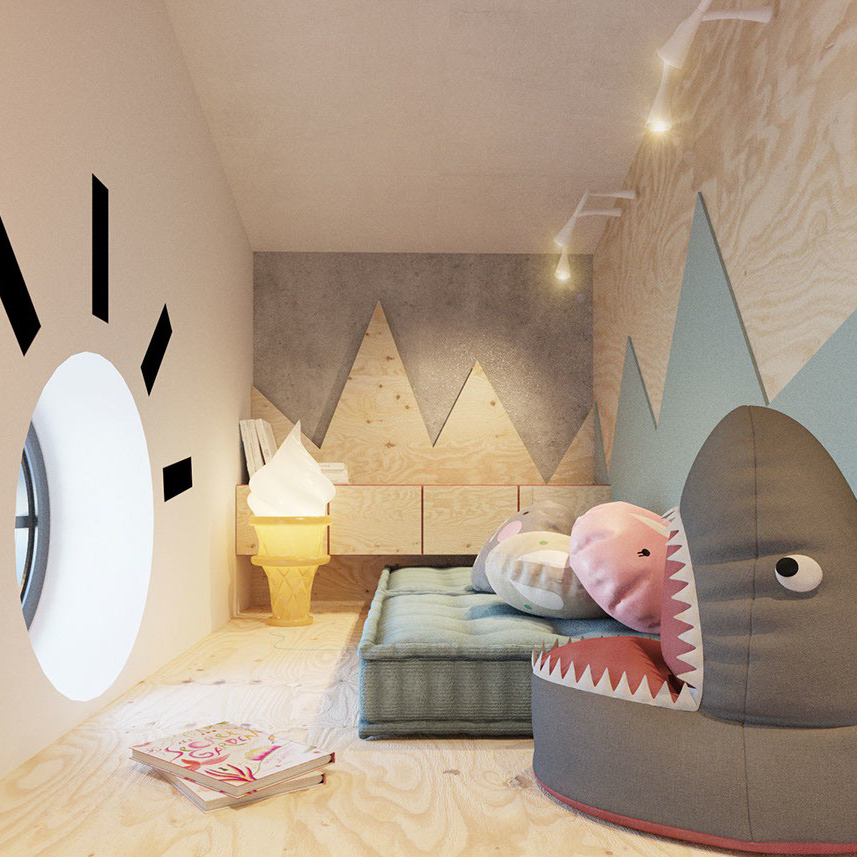Shimmering Frost: Unleashing the Magic of Snowball Lamps
Introduction
Snowball lamps, also known as snow globe lamps, have become a popular decorative item in recent years. These unique lamps are filled with water, glitter, and small snowflakes, and when turned on, give off a mesmerizing glow.
In this article, we will explore the history of snowball lamps, how they work, and the many ways you can use them to create a winter wonderland in your own home.
A Brief History of Snowball Lamps
The first snow globes were created in the mid-19th century in France, and were originally used as paperweights. By the early 20th century, snow globes had become popular in America as souvenirs and collectibles. It wasn’t until the 1980s that the snowball lamp, a larger version of the snow globe, became a popular decoration.
How Snowball Lamps Work
Most snowball lamps have a lightbulb in the base, which heats the water and causes the snowflakes and glitter to swirl around inside the lamp. The lamp can be turned on and off using a switch on the cord, and some lamps even have multiple light settings.
Using Snowball Lamps in Your Home Decor
Snowball lamps are a versatile decoration that can be used in many different ways. Here are some ideas:
- Place a snowball lamp on a table or shelf for a cozy wintery glow.
- Group several snowball lamps together to create a centerpiece for your holiday table.
- Use a snowball lamp to illuminate a dark corner of your room.
- Hang snowball lamps from the ceiling to create a stunning winter-themed chandelier.
DIY Snowball Lamps
If you’re feeling crafty, you can make your own snowball lamp with just a few materials:
- A clear glass or plastic jar with a lid
- Water
- Silver glitter
- Small plastic snowflakes
- A battery-operated tea light
To assemble the lamp, fill the jar with water and add in the glitter and plastic snowflakes. Screw the lid onto the jar and turn it upside down. Place the battery-operated tea light on top of the lid, and watch as the glitter and snowflakes swirl around inside the jar.

